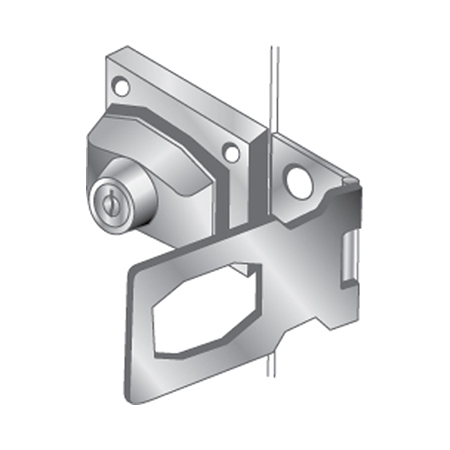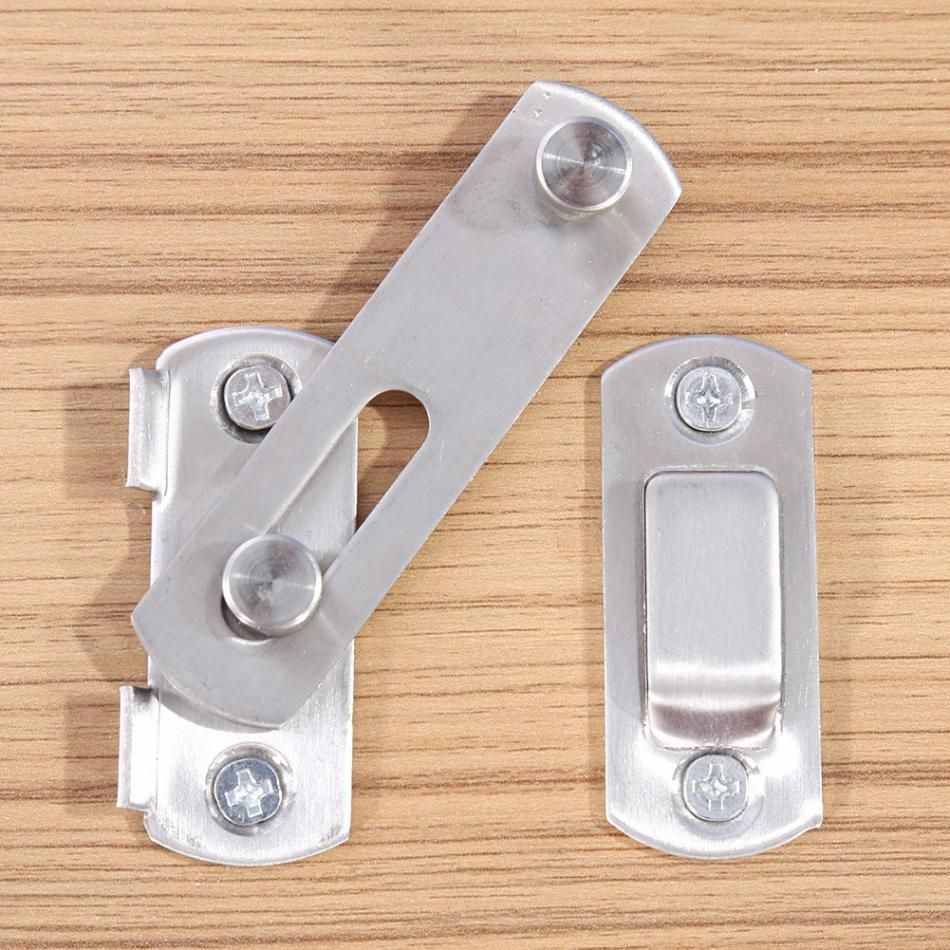

This feature allows the engagement of the latch through the closing of the door while the latch is disengaged by turning a handle. Modern door latches include the spring latch, or latchbolt - a bolt with an angled end that’s spring-loaded to allow it to retract when engaging with the strike plate and automatically extend into the strike plate once the door is closed. Traditionally made from wood or hand-forged iron, the Suffolk latch features a bar that fits into a notch or slot, which is lifted by a lever or string from either side. However, its design dates to the 16th century. Latches vary greatly in design and complexity, one type of early door latch, the Suffolk latch, was named by the 19th century British architect, William Twopenny. Some hasps have a built-in lock replacing the staple, the hasp is placed over the lock which is then rotated and locked in place securing the hasp behind it. Modern hasps have a hinged strap made from sheet steel with a slot to fits over a staple, which is designed to receive a padlock. The hole at one end was nailed to the chest while a larger hole at the other end passed through a loop attached to the lid. These simple hasps, made of bronze, consisted of a bar with a hole at each end.

Hasps can be easily produced using primitive manufacturing methods and have been found on Roman sites dated to the first century, where they were used to secure removable lids to chests. In this image, a Suffolk latch is on the left and a modern hasp on the right. A hasp works as a type of door fastener and requires a pin or picklock.


 0 kommentar(er)
0 kommentar(er)
